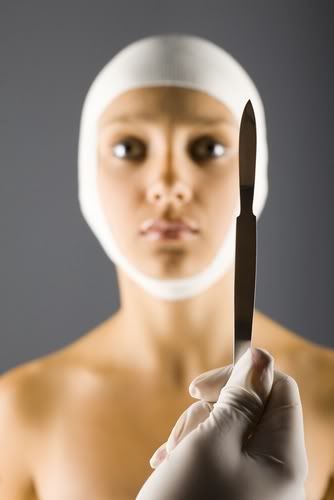
The United Nations has a wonderful exhibit on Eugenics this month. Eugenics, the study and belief of improving qualities of the human population, was widely influenced during the 1920’s throughout WWII, and Hitler and his Nazi regime supported “desirable traits” of blond hair and blue eyes. The Nazis led a horrible movement by tormenting people who were unfit – in the name of Eugenics. Eugenics also led to the ideal of racial supremacy where many were segregated and murdered- from the poor and the disabled to homosexuals and women reputed to be “ promiscuous”.
Euthanasia was encouraged during the Eugenics movement; children were killed, and women were sterilized if they were named “ defective”. Many women died during this surgery of “ sterilization”. (Women were encouraged to reproduce and have “ fit, healthy, desirable” children. Hitler believed that was a woman’s duty for her country, Germany. )

IMPROVING QUALITIES OF HUMAN TRAITS –TODAY?
During the beginning of the 20th century, scientists, governments and institutions supported the idea of promoting perfect human qualities. Have these ideals of perfection, beauty and desirable physical qualities changed now- in our 21st century?
Plastic surgery is not as brutal or traumatic as the experimentation of Eugenics, however, the same aspirations of obtaining perfect physical traits remain today. Women today are enhancing their face and bodies WILLINGLY through surgical techniques- cosmetic/ plastic surgery crosses racial boundaries- Asians, Blacks and Hispanics are increasingly using cosmetic surgery as well.
Within Asians, eyelid surgery is the most popular plastic surgery-where eyelids are reshaped and a permanent crease is created. Rhinoplasty is also common in Asians and African Americans, where noses are reconstructed and reshaped. Among Caucasians, breast augmentation is most popular- and it is noted and known that while Caucasians are changing their body appearance, African and Asian Americans are reconstructing their faces.
Will the desire for perfect physical traits remain throughout history? More importantly... what are the traits that are defined as“ beautiful”?

1 comment:
I think it's human nature to value the familiar over the unfamiliar, and to consider our own way of being to be the best way of being. It takes a kind of maturity and experience to get past this, a maturity that I hope society is finally approaching.
The other half of that is the familiar-unfamiliar part. As technology advances we have better access to images from more places around the world. We can travel to those places increasingly easily too, and broaden our first hand experience. All this helps to overcome the idea that our own society has a monopoly on beauty, or intellectual and physical supremacy. It was those attitudes which enabled the notions of racial purity to flourish in the first place.
Also through broader experience there will be more relationships between people from different places, backgrounds and ethnicities. This can only help encourage people to rethink their idea of beauty as equalling some sort of vaunted Hollywood, mostly caucasian stereotype. While there will always be rich people who see surgery as way to make themselves feel better about the hand nature dealt them, I hope the cosmetic procedures to try to copy another culture's perception of beauty will become less and less popular as we all grow up a bit.
Once the societies that dominate international media wise up about the beauty that exists worldwide, there will be more room in movies, magazines and TV shows for atypical faces and more representative and broad beauty standards. Once a less homogenised beauty is familiar to people everywhere, maybe the urge for double-eyelid surgery or nasal resculpting will start to fade away. I hope so.
Post a Comment